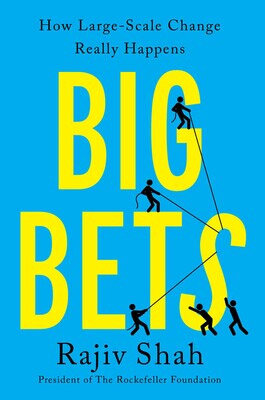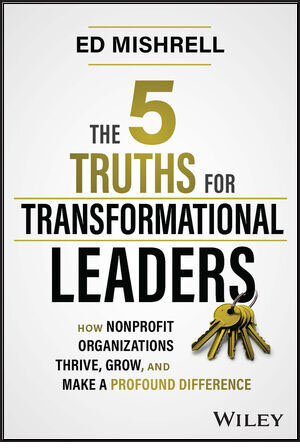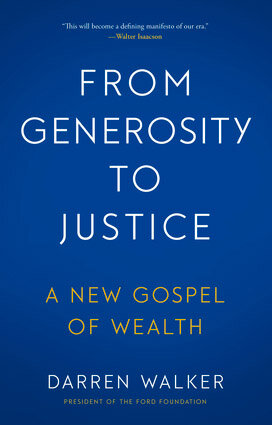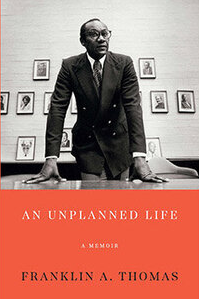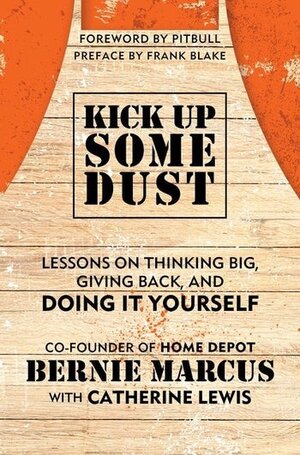Big Bets: How Large-Scale Change Really Happens
Immunizing every child against vaccine-preventable diseases. Ending global hunger. Scaling COVID-19 testing. In Big Bets: How Large-Scale Change Really Happens, Rajiv J. Shah describes the big issues he has tackled throughout his career and the lessons he learned in the process. The book follows Shah’s career path, from a humble start as a “grunt” worker on Al Gore’s presidential campaign to the Bill & Melinda Gates Foundation, followed by an appointment as administrator of USAID in the Obama administration, to his current role as president of The Rockefeller Foundation. From the beginning, he has been driven by big bets, which he describes as efforts to fundamentally solve big problems rather than settling for incremental improvements.
From his vantage point within the federal government and wealthy private foundations, Shah offers a fascinating insider view of how change happens. For those who lament the ineffectiveness of large bureaucracies or a bitterly divided government, Shah offers a different narrative—of innovation, cooperation, and possibility. He relates how, after a rocky beginning, he connected with conservative Republicans to secure funding for USAID and, later, to transform agriculture and food aid; how risks taken by the Gates Foundation helped unlock the financing and distribution of childhood vaccines; and how an unlikely partnership of the U.S. military, Médecins Sans Frontières (Doctors Without Borders), and USAID responded to the Ebola outbreak.
“‘Big’ matters,” Shah writes. Bold aspirations inspire action. “After that first session with Bill [Gates], I had a strong sense that something very different was afoot at the Gates Foundation. This wasn’t passively tossing cash to needy causes. This was an earnest and even radical effort to find a better way....The scale of ambition and potential at the foundation felt intoxicating to me.” A young man with a passion to do good and make a difference in the world without exactly knowing how, Shah learned the imperative of addressing “the right issues at the right scale.”
One of several themes that arise in Shah’s approach to big bets is that solving big problems requires leveraging data to help determine what solutions to scale. Shah doesn’t just give lip service to data. He describes a frustrating early experience at a multilateral organization where his analysis of a new policy found that it would lead to worse health outcomes for women and children. The policy was implemented anyway. For Shah, understanding, tracking, and sharing data are essential to learning and decision making. Shortly after he became USAID administrator, a massive earthquake devastated Haiti, and Shah was in charge of the U.S. response. Recognizing the challenges of navigating a new role while coordinating a sprawling humanitarian effort, one of his first steps was to understand what was happening on the ground through data and to organize around a data “scorecard.” Sharing data “even when it identifies failures, helped establish the trust essential to the team’s performance and drew attention to the areas that needed it—the stakes were too high for us to approach it in any other way.”
Sharing data even when it identifies failures, helped establish the trust essential to the team’s performance and drew attention to the areas that needed it—the stakes were too high for us to approach it in any other way.
Big bets also require big alliances. Allies across different sectors and priorities are required for change at scale. Early in the COVID-19 pandemic, despite President Trump’s aversion to testing because it would increase the number of positive cases and make the country “look bad,” The Rockefeller Foundation, with Shah at the helm, doubled down on expanding testing. Exercising its convening power, the foundation brought together a large tent of contributors to strategize around testing capacity, which at the time was slow and limited. It was not just the science that needed to be figured out; manufacturers would not expand production of tests without a guarantee of demand, and the federal government was not interested at the time. The foundation ended up working with an ad hoc group of state governments to pool their purchasing power to order tests and kickstart the market. Eventually every state and territory was on board, demonstrating that it is possible for governments, corporations, and philanthropy—each with different aims and motivations—to work together toward a common purpose.
Given the positions of influence Shah has successively held, his guidelines are, perhaps inevitably, a top-down approach to social change. The big bets he describes are established by the highest echelons of institutional and political leaders. President Barack Obama promised a “swift, coordinated, and aggressive” U.S. response in the aftermath of the Haiti earthquake. A passing comment by Indian Prime Minister Narendra Modi inspired Shah’s big bet to establish universal electrification. (After leaving USAID, Shah helped launch a private equity firm, Latitude Capital, to address the lack of access to reliable electricity for billions of people around the world.) Moreover, advice like “create an outside team of advisors” or his crisis response style to “fail fast or scale faster” seem at odds with trust-based philanthropy’s approach to slow down, listen well, and cede control to those closest to the problems. His reliance on experts and consultants can exclude those with lived experiences. This is not to say that he disregards community members’ knowledge and innovations. In addressing the Ebola outbreak, Shah discovered, through data, that Liberians themselves had developed the best intervention to halt the spread of the disease.
Given the global challenges we face, the risk is that we aim for too little. Shah warns against giving in to cynicism or apathy or getting buried by the complexity of an issue.
Many of us will not find ourselves in the rarified spaces Shah occupies. Our efforts may, at best, be incremental changes. Still, Shah maintains that his playbook is applicable to everyone. Given the global challenges we face, the risk is that we aim for too little. Shah warns against giving in to cynicism or apathy or getting buried by the complexity of an issue. Rather, what he clearly communicates is his unflagging optimism that solutions exist, large-scale changes are possible, and we can work together to achieve them.
Grace Sato is director of research at Candid.


